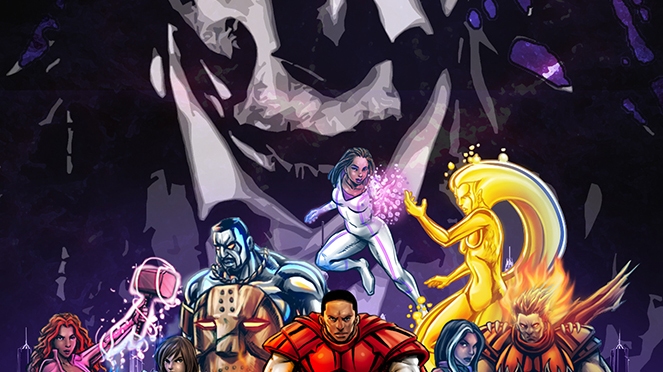The question.
The eternal question.
It’s always asked. It never fails. It’s asked so frequently; you can set your watch to it.
In the immortal words of Cherelle, “Let’s sing it together…”
IS THERE A BLACK COMIC BOOK INDUSTRY?
And, here is the short answer:
Yes, there is.
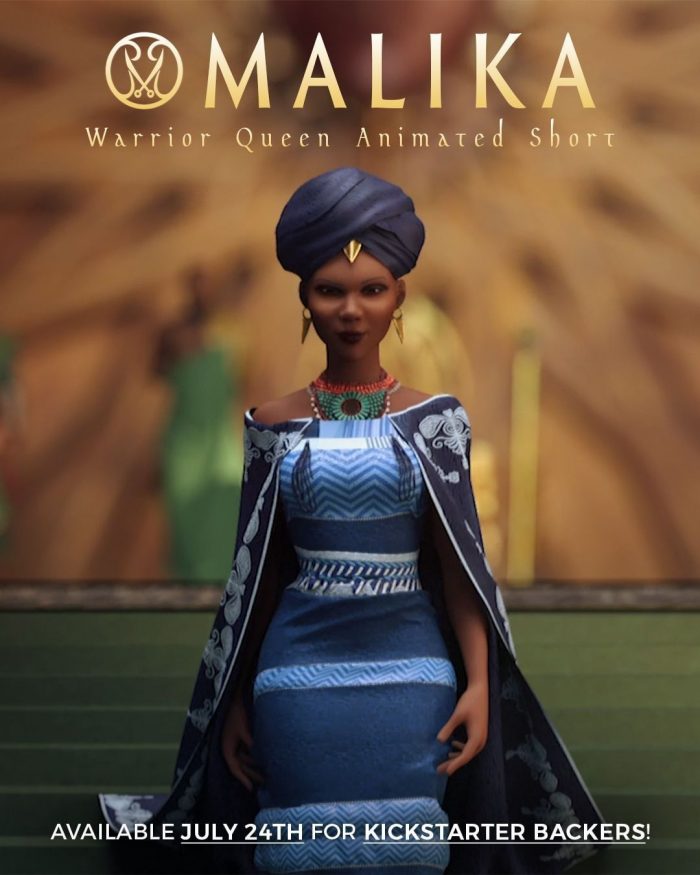
How so, you may ask?
Well, let me school ya…
While this question is still being asked, many indie Black Comix creators were at NYCC supporting and big-upping each other. And, their tables were busy all weekend because people were buying their product left, right and center. On the same weekend, another group of Black Comix creators were in Algiers the same weekend sharing their talent with kids on the African continent.
From companies like Evoluzione Publishing to Webway Comics to Griot Enterprises to Stranger Comics, YouNeek Studios and others, to the larger independent companies like Image Comics publishing books like Bitter Root and Excellence, to the network of conventions that cater to fans of color like Onyxcon, MECCA Con, ECBAAC, Blerd Con, BCAF and so many more, to crowdfunding platforms like Kickstarter, to printers like 133Art, distribution systems like Peep Game Comix and stores like Amalgam Comics and Coffeehouse, First Aid Comics and Third Coast Comics, you damn right Black Comix exists not only as an industry, but a movement as well.

Hell, why do you think I created an anthology like 4 Pages 16 Bars: A Visual Mixtape?
We’ve got creators, publishers, digital distributors, a convention system, printers and brick and mortar stores…
Sounds like an industry to me. And, it looks like the reach of this industry is international.
Problem is, cats who continue to ask this question are too busy chasing the business model of the “Corporate Two” or work in a vacuum so tight that they don’t realize what’s happening around them. Flat out, these cats don’t even really interact with, or stay aware of, other creators and what they are making in a similar space…
In other words, they are either too arrogant or too scared to be a part of the community.
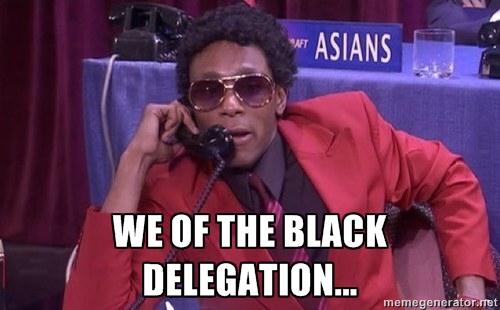
The arrogance comes because they want to be at the top of the totem pole when it comes to what they think Black Comix are. They are looking for that ephemeral superstar status Wizard Magazine put into some of their heads with their Top 10 Artist and Writer lists (which were totally and arbitrarily manufactured). The fear comes into play as they know, deep down, that their product isn’t as up to snuff as someone else’s.
Yeah, I know I’m gonna catch mad flack for that last statement. It doesn’t mean that it isn’t any less true.
Now, there are many Black creators who are not asking this question. They are the ones getting recognition and finding success because their books meet the standards of the market. Why? Let me say this so the people in the back can hear:
COMIC BOOKS ARE AN EXERCISE IN GRAPHIC DESIGN
Everything needs to work in harmony (art, story, coloring, lettering, layout design and editing) in order to be considered a viable product by buying standards. Books like Bitter Root, Niobe: She Is Death, Is’nana: The Were-Spider, Crescent City Monsters and others have audiences of diverse backgrounds gobbling up their books because they are good stories that are well-designed with great content from Black creators. If one’s book is lacking in any of these areas, that book is going to have problems.
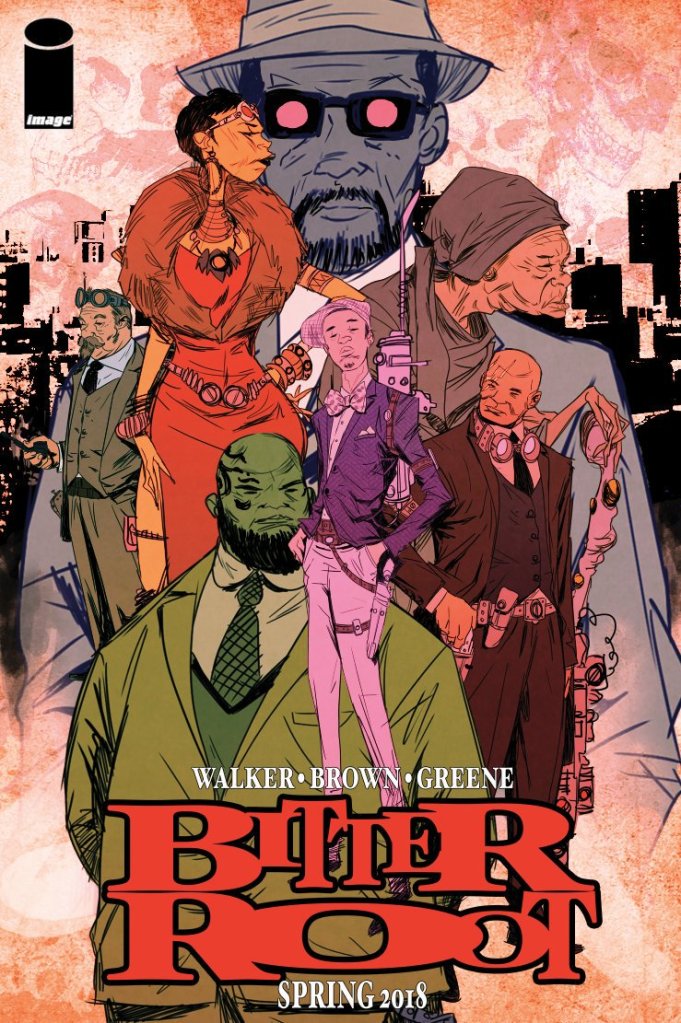
This leads into point two of this particular rant:
COLOR IS NOT CONTENT
The aforementioned books also work because it doesn’t matter if the characters are Black…
Their creators are.
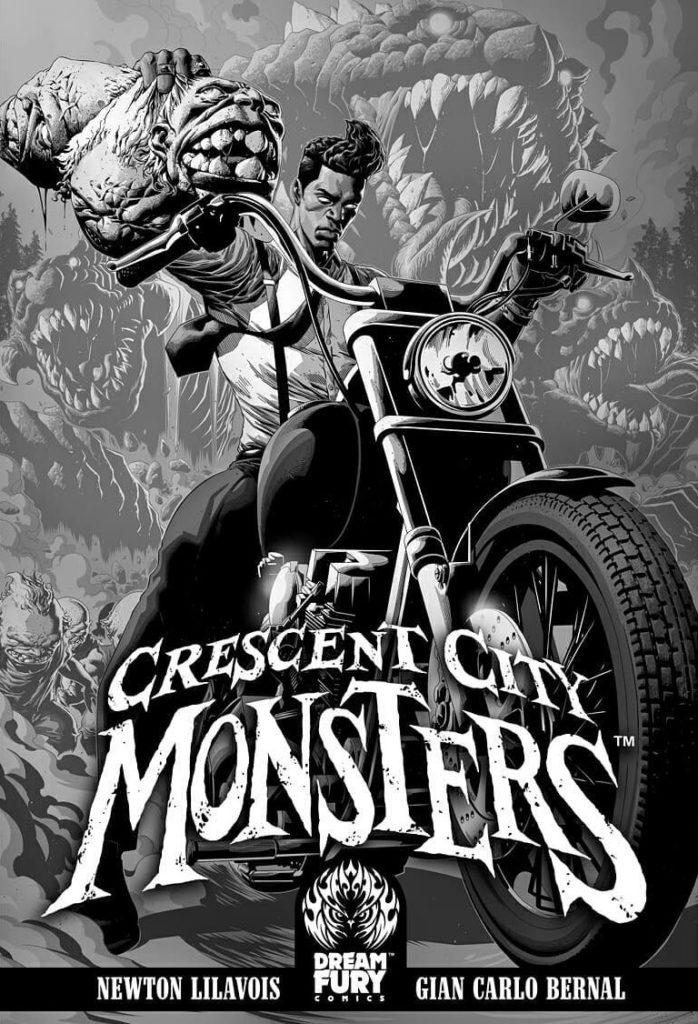
Furthermore, they’re not trying to create a “Black version” of comics they’ve read before. They’re telling unique stories in different genres (because comics are more than superheroes) using their culture to enhance their stories and give unique points of view.
Here’s another point that you may or may not be aware of:
THE GAME DONE CHANGED AND BLACK WOMEN ARE AT THE FOREFRONT OF THIS CHANGE
I am not disrespecting the brothers who have paved the way at all. In fact, the brothers who haven’t been asking the question know exactly what I’m talking about.
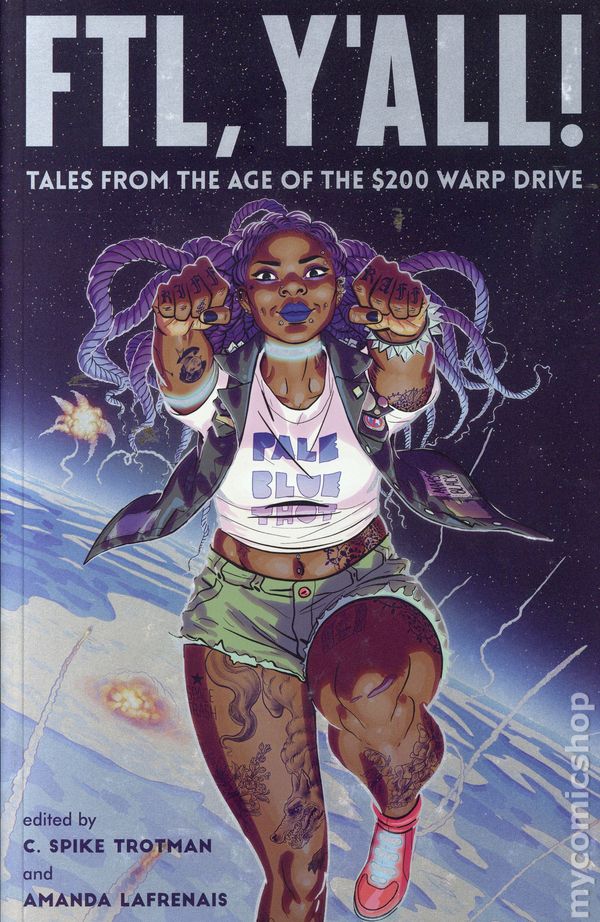
In my opinion, C. Spike Trotman and Iron Circus Comics is the new publishing model one would want to follow. This woman has fundamentally changed the game building a successful publishing company with her savvy use of crowdfunding, marketing and content while cats are looking elsewhere for answers. She understands the market she’s built and has an extremely loyal fan/economic base.
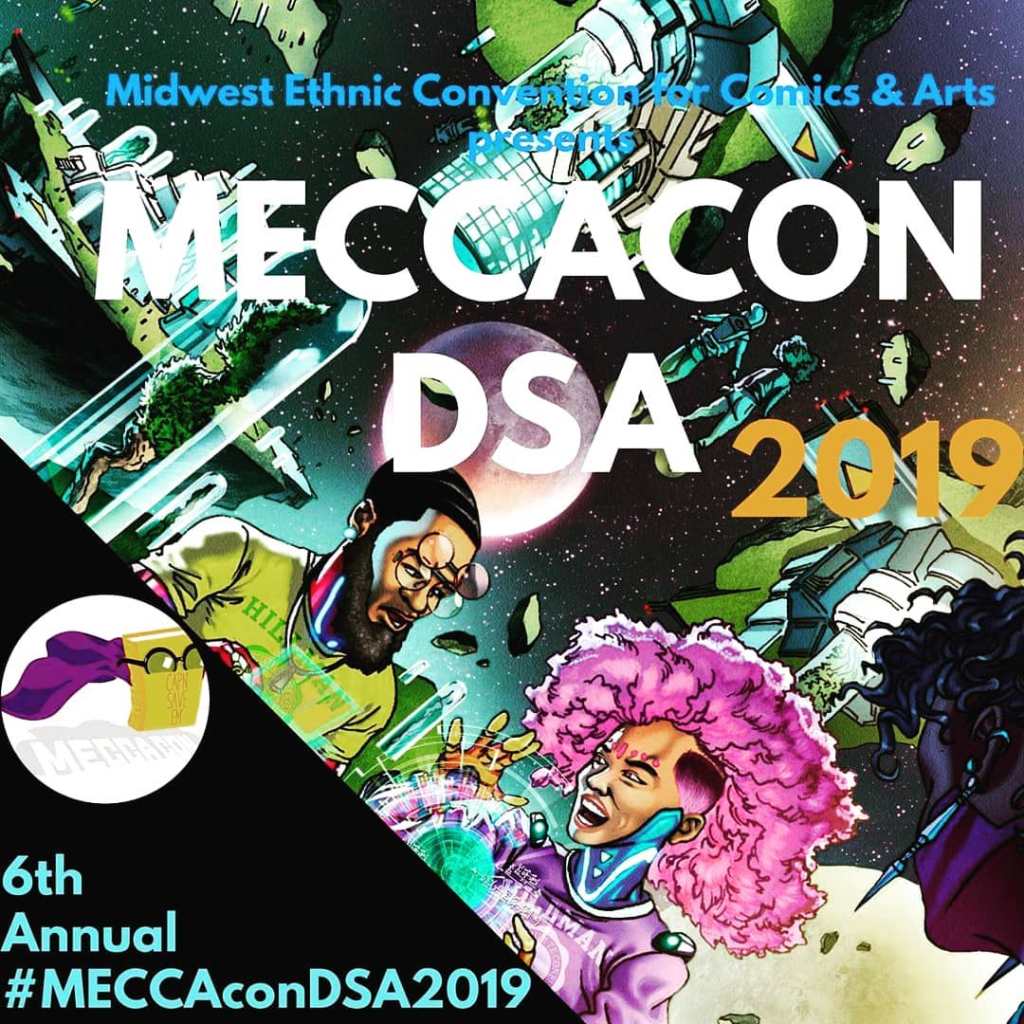
In Detroit, Maia Crown Williams has created a cultural powerhouse with her MECCA Con which brings creators from all over the country to the Motor City, sets them up with book signings and makes sure that they sample the finest cuisine my hometown has to offer. In addition, she brings top-notch Black creators to Detroit as educational ambassadors who show young brothers and sisters the craft of bringing their visions to life.

Also, Sebastian Jones’ Stranger Comics and World of Asunda brand featuring Niobe has a huge female fan base in part due to Amandla Stenburg’s involvement in the creation of the character as well as Ashley Woods being a part of the creative team. By putting the creative team front and center (something the “Corporate Two” used to do), Stranger Comics built up that fan base, in part, because of marketing the creative team, the Black women who are a huge part of said team, gave added legitimacy to the brand.
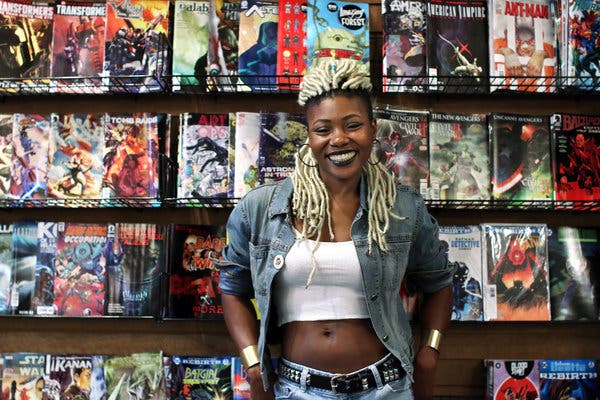
And, of course, not enough can be said of Ariell Johnson and her success with Amalgam Bookstore and Coffeehouse.
Black women, straight-up, buy comics. Black women, straight-up, make comics. In addition to sci-fi author, creator of Dark Horse Comics’s LaGuardia and writer of Marvel’s Shuri series Nnedi Okarafor, we’ve got Ironheart writer Eve Ewing, artist Afua Richardson, writer and creator of the Women In Comics collective Regine Sawyer, illustrator Micheline Hess, indie writer Dorphese Jean, the badasses Ashley Woods, Alithea A. Martinez and so many more putting in that work on the daily and having a large fanbase that includes Black women.
This leads me to my final point:
CHANGE YOUR DEFINITION OF SUCCESS
People who want to get into comics nowadays don’t want floppies (though the 24-32-page pamphlet is still useful in getting people interested in your brand), they want books. They want graphic novels. These aren’t the people who go to the store every Wednesday for their X-Men or Justice League fix. They want books that represent them. They want to know that the creators of these books look like them, way more than the characters. They want the new and the creative. They want something different. They want a product that they don’t have to necessarily pick up every single month to follow the story. This is a new audience that people who keep asking the question are completely ignoring…
And, leaving money on the table.
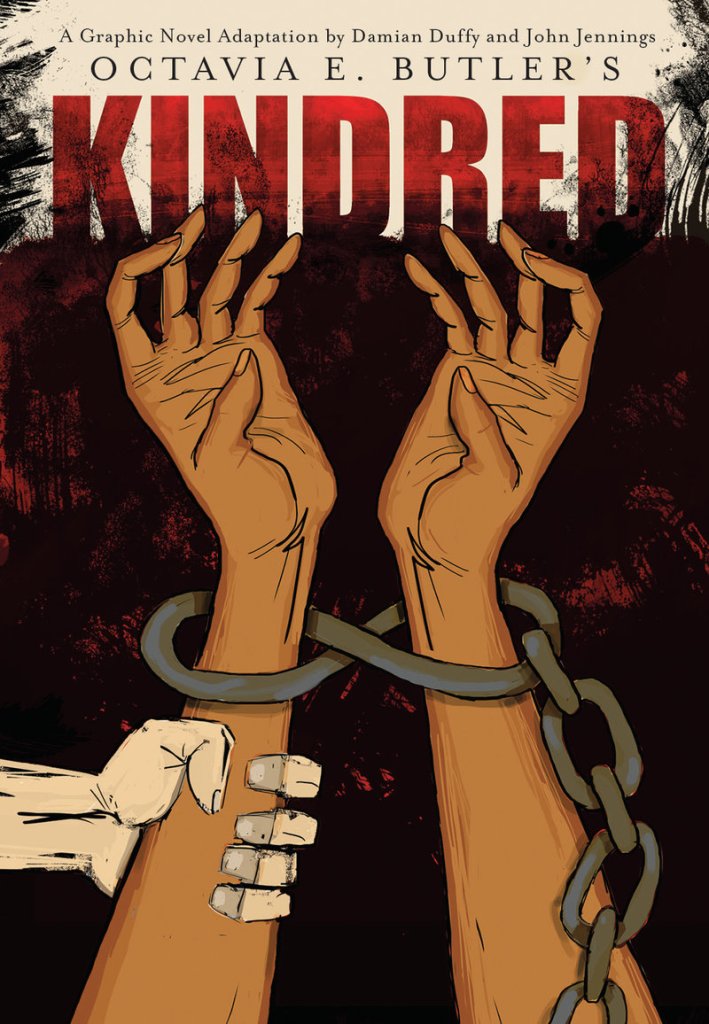
Too many cats think way too small when it comes to their subject matter and its potential reach in other markets because they’ve locked into a model that, though successful for some, makes absolutely no sense for others. It amazes me how many cats don’t look at libraries or bookstores (online and mortar) as viable markets when those markets are killing it in terms of graphic novel sales.
it’s all about mindset. If you’re long-range goal is myopic, you’re not gonna find much traction. Straight-up, the model has changed. It’s been changed since, at the extreme least, 2010.
If you’re just going for a success model that only benefits the “Corporate Two” (i.e. built-in fan base from over 80 years of market saturation, Diamond as distribution, etc.) YOU ARE GOING TO FAIL. Simple as that.
The idea that Black Comix aren’t making an impact is bullshit. People who say that simply aren’t really checking out what’s happening in Black Comix. They’re too busy wishing for the “Corporate Two” to appease them while Milestone happened, while the whole con structure for Black Comics was built while Bitter Root and World of Asunda get picked up by Legendary and HBO respectively while Raising Dion and Cannon Busters appeared on Netflix.
But again, too many of aren’t aware of what’s happening in front of them. People really need to open their eyes to see what’s really going down. The machine has been created. More people just need to plug in by going to the cons, interacting with and being truly aware of what’s happening with other creators. That’s called being a part of the community…
And, maybe we’ll finally stop asking this question.
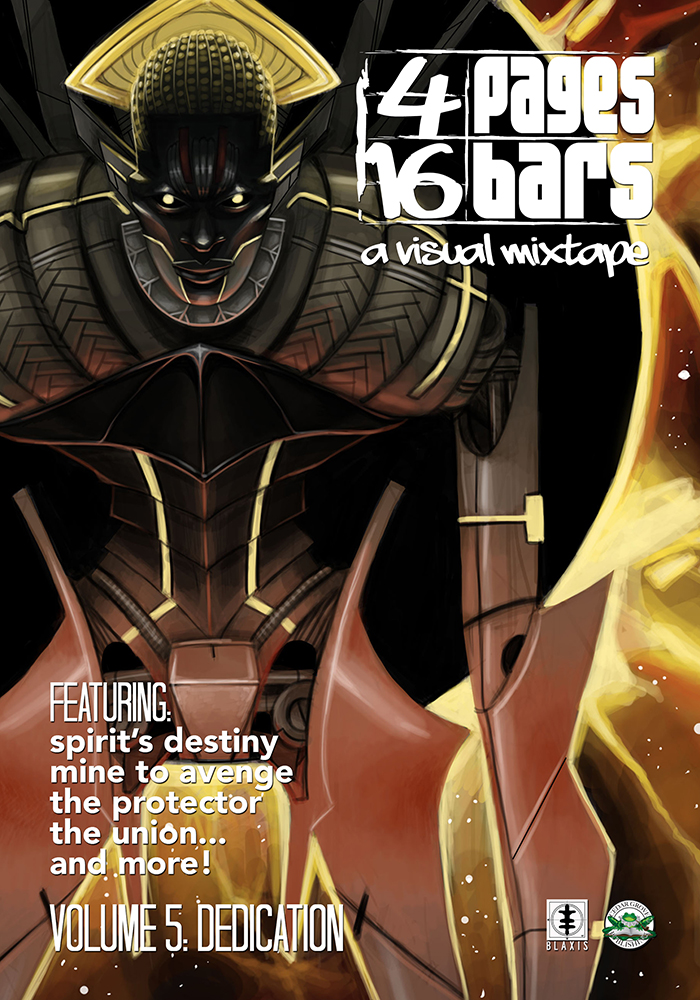
Speaking of community:
Dedication, Vol.05 of 4 Pages 16 Bars: A Visual Mixtape is available now in print ($24.95) and digital ($9.95) formats. Click here to grab the print copy, here for the digital.
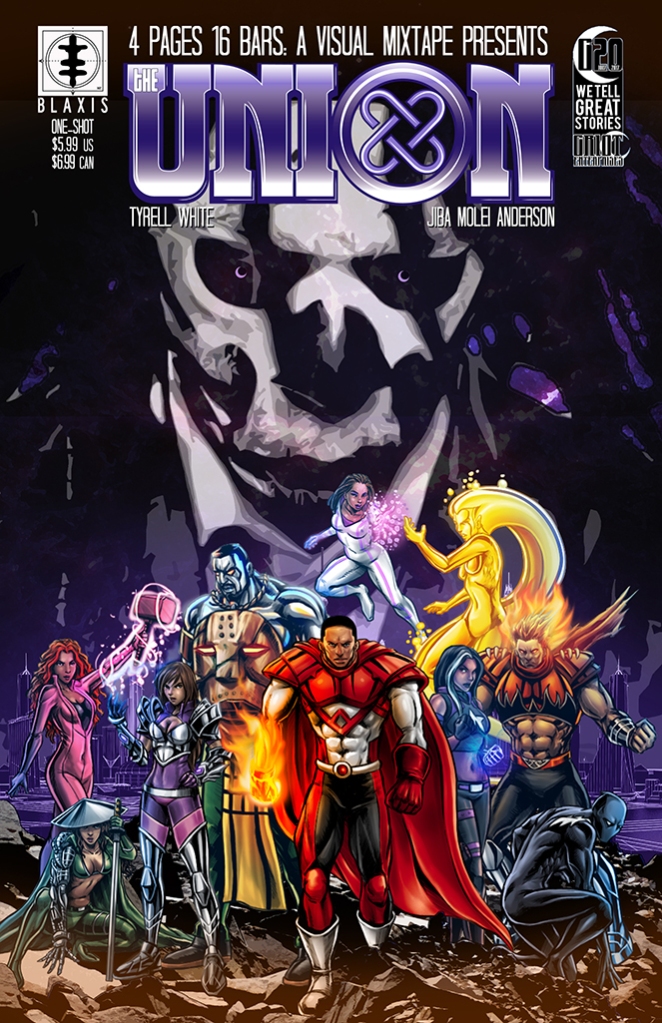
Also, 4 Pages 16 Bars: A Visual Mixtape presents The Union is on sale in digital format ($3.99) with a print format coming at the end of October. What is The Union? The Union is an 8-bit video game that brings properties from independent Black Comix creators like Dorphise Jean, Robert Garrett(RIP), Quinn McGowan, William Satterwhite, Terance Baker, Tyrell White and Jiba Molei Anderson together for the first time to battle an enemy that threatens the very fabric of the multiverse we like to call The Blaxis. You can grab that bad boy here.
This is the community I’m talking about. This is Black Comix.
Get on board.
www.griotenterprises.com
